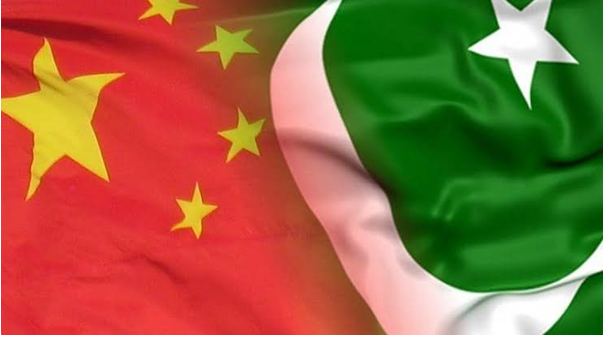INP-WealthPk
Special Correspondent
Pakistan’s trade with China recorded a sharp imbalance in September 2025, as imports surged by 31% while exports tumbled 20%, according to a report by the Trade Development Authority of Pakistan (TDAP) exclusively available with Wealth Pakistan. The divergence underscores China’s growing role as Pakistan’s dominant trading partner but also exposes structural weaknesses in Pakistan’s export competitiveness and its reliance on Chinese goods.
During the month, imports from China climbed to US$1.74 billion, up from US$1.33 billion in September 2024. China remained Pakistan’s largest source of imports, with a substantial share of total goods entering the country. The rise was driven mainly by increased inflows of machinery, electronics, chemicals, and industrial materials, reflecting persistent demand from manufacturing and technology sectors.
TDAP data shows notable import growth in telephone sets and smartphones, motor vehicles, and industrial polymers, largely sourced from Chinese manufacturers. By sector, other manufacturing products rose 13%, agro and food imports climbed 31%, and textile and leather imports jumped 45% year-on-year.
On the export side, performance weakened. Exports to China fell to US$201 million from US$250 million in the same month last year, marking a steep 20% decline. This drop came as the United States and European markets showed modest demand growth for Pakistani goods. Agriculture and textile products led the downturn; agro and food exports fell 37%, driven by a 56% collapse in rice shipments and lower sales of cotton-based goods, including woven fabrics and apparel. Textile and leather exports also contracted 2%, reflecting sluggish global demand and tougher competition in the Chinese market.
This imbalance widened Pakistan’s bilateral trade gap with China and contributed to a broader national trade deficit that expanded 45.8% year-on-year, reaching US$3.34 billion in September compared to US$2.29 billion last year. Analysts warn that heavy import dependence on China, paired with declining export receipts, could strain foreign exchange reserves and pressure the balance of payments.
Economists say the import surge may signal stronger industrial and consumer activity, but stress that the sustained export weakness reveals deeper structural issues. They call for policy measures to boost value-added production under the China-Pakistan Economic Corridor (CPEC), expand export diversification, and secure tariff concessions to improve competitiveness in the Chinese market.
The September figures highlight the evolving yet uneven nature of Pakistan-China trade — marked by economic interdependence but heavily skewed toward Beijing. Without targeted measures to support exporters, experts caution that the widening gap could undermine Pakistan’s external stability and diminish the long-term benefits of its strategic economic partnership with China.

Credit: INP-WealthPk












